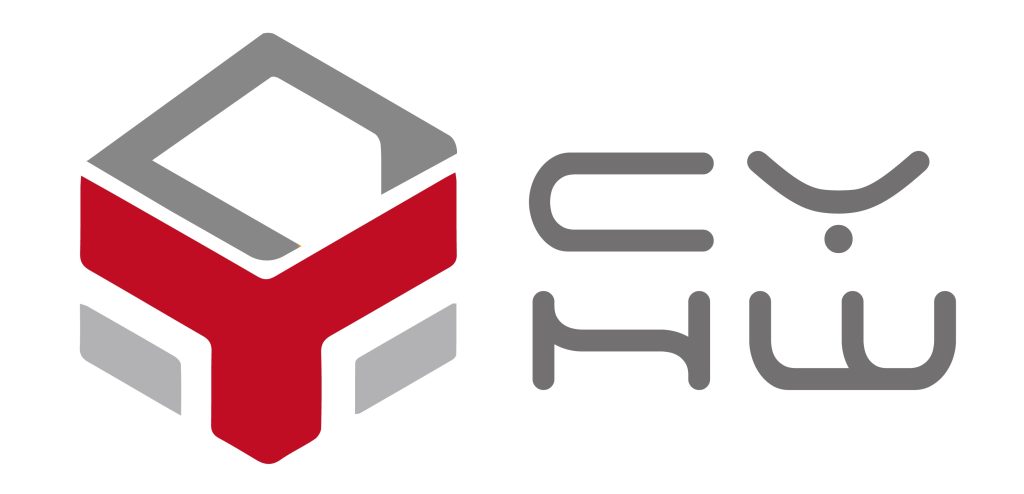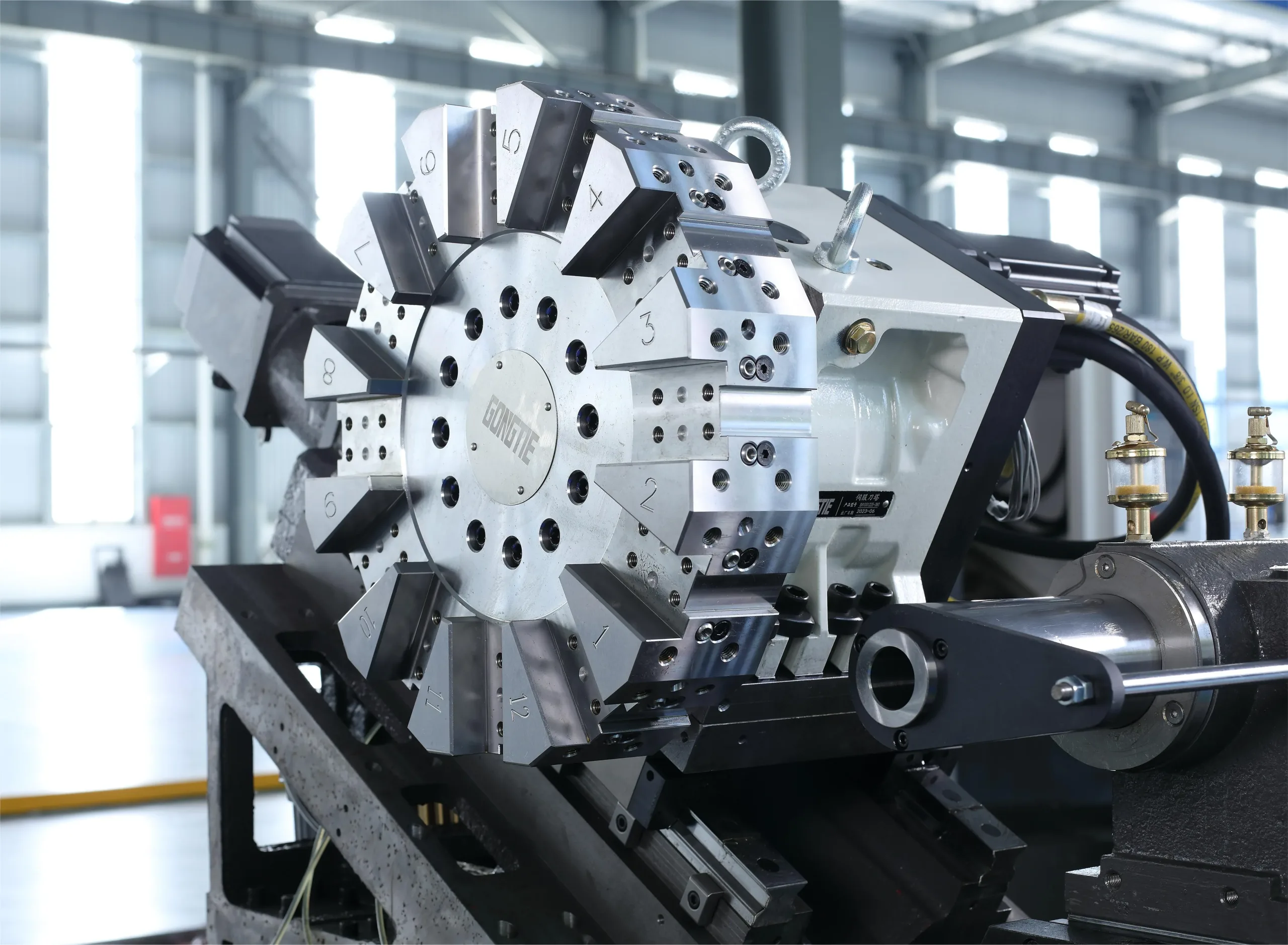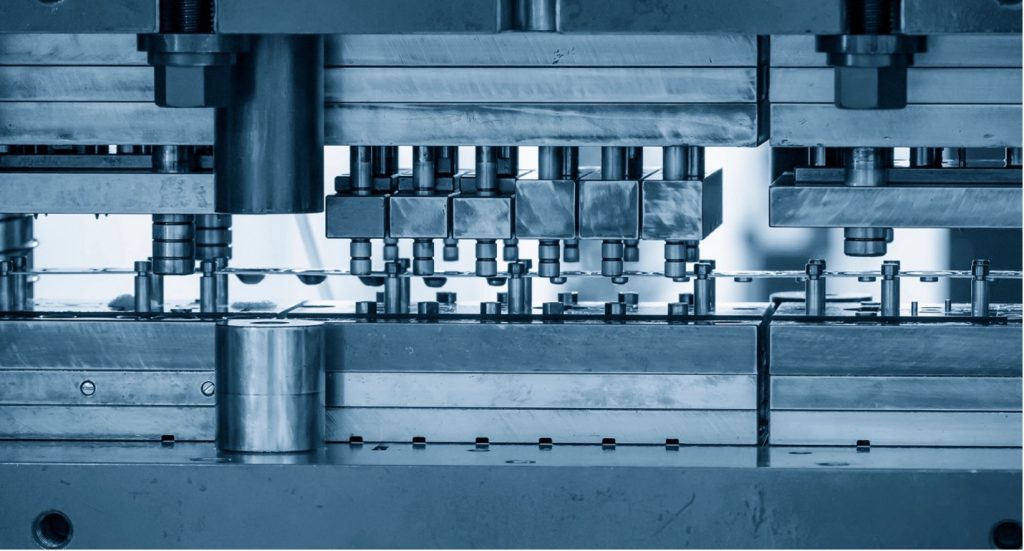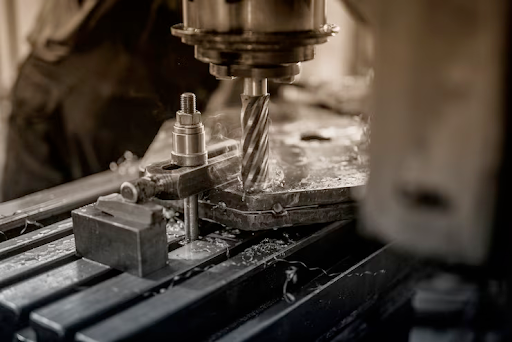Precision Die Cutting plays a central role in fabricating highly accurate and consistent die components. It involves using specially designed dies to cut materials into precise shapes with tight tolerances. This method is particularly effective for high-volume production, where repeatability is crucial. Additionally, it provides cleaner cuts and minimal material waste, making it a cost-efficient option for manufacturers. In contrast, Wire EDM (Electrical Discharge Machining) offers a different approach to precision fabrication. It uses a thin, electrically charged wire to erode material with exceptional accuracy, often at the micron level. While not suited for high-speed mass production, such as die cutting, Wire EDM excels in cutting hard metals and creating complex geometries that are impossible to achieve through mechanical methods.
How Wire EDM Achieves High Accuracy
Wire Electrical Discharge Machining (EDM) is a non-contact process that uses electrically charged wire to erode material with precision. This technique is beneficial when dealing with hardened materials or complex geometries that traditional cutting tools cannot handle. Unlike mechanical cutting, Wire EDM avoids stress deformation, preserving material integrity.
Moreover, Wire EDM excels in producing intricate shapes and internal cuts. It allows for extreme accuracy, often down to microns, making it indispensable for tooling and mold-making. While slower than Precision Die Cutting in terms of throughput, it compensates with unmatched detail and minimal finishing work. For unique and critical components, it proves highly valuable.
Comparing Material Versatility and Thickness Handling
When it comes to material compatibility, Precision Die Cutting can efficiently manage a variety of soft and semi-rigid materials. It is particularly well-suited for thin-gauge metals and foils. This makes it ideal for producing lightweight, multi-layered components in industries like telecommunications and medical devices.
In contrast, Wire EDM is better suited for thick and hard metals, such as tool steel and titanium. Its capacity to handle these materials without tool wear offers significant advantages. Thus, for components that require both high strength and precision, Wire EDM becomes the method of choice. Selecting between the two depends heavily on the application and material requirements.
Speed and Efficiency in Production
Speed is a major differentiator between Precision Dies Cutting and Wire EDM. Die-cutting can produce thousands of identical parts in a short time, making it ideal for mass production. The automation potential also reduces labor costs and human error, boosting overall productivity.
Wire EDM, while slower, excels in low-volume and high-precision work. It typically finds use in prototyping, tooling, and specialized manufacturing, where time-to-market is less critical than part quality. Businesses must weigh speed against accuracy to determine the most suitable method. Both have their niche in the manufacturing timeline.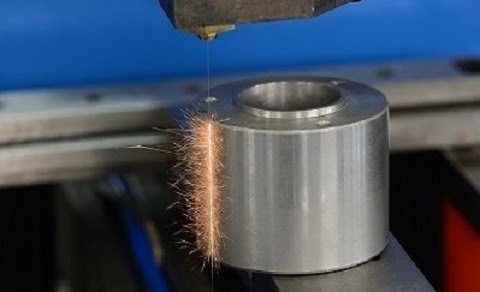
Surface Finish and Post-Processing Needs
Surface finish is another area where differences emerge. Precision Die Cutting may require deburring or polishing, depending on the material and the quality of the cut. However, advancements in tooling have significantly improved its finishing capabilities, reducing the need for extensive post-processing.
Wire EDM provides a superior surface finish right off the machine, often eliminating the need for further refinement. This reduces total production time for high-tolerance parts. Therefore, when surface integrity and minimal post-processing are essential, Wire EDM often takes precedence.
Cost Considerations and Scalability
From a cost perspective, Precision Die Cutting offers lower per-unit costs at high volumes. Its setup costs are relatively high due to custom die creation, but economies of scale offset these. It is the go-to solution for industries requiring large batches of uniform components.
Wire EDM, although it has minimal setup costs, incurs higher per-unit costs due to its slower process and labor-intensive nature. It’s most cost-effective for short runs or complex shapes. Companies must consider their production scale and budget when selecting between the two. Each has a distinct economic sweet spot.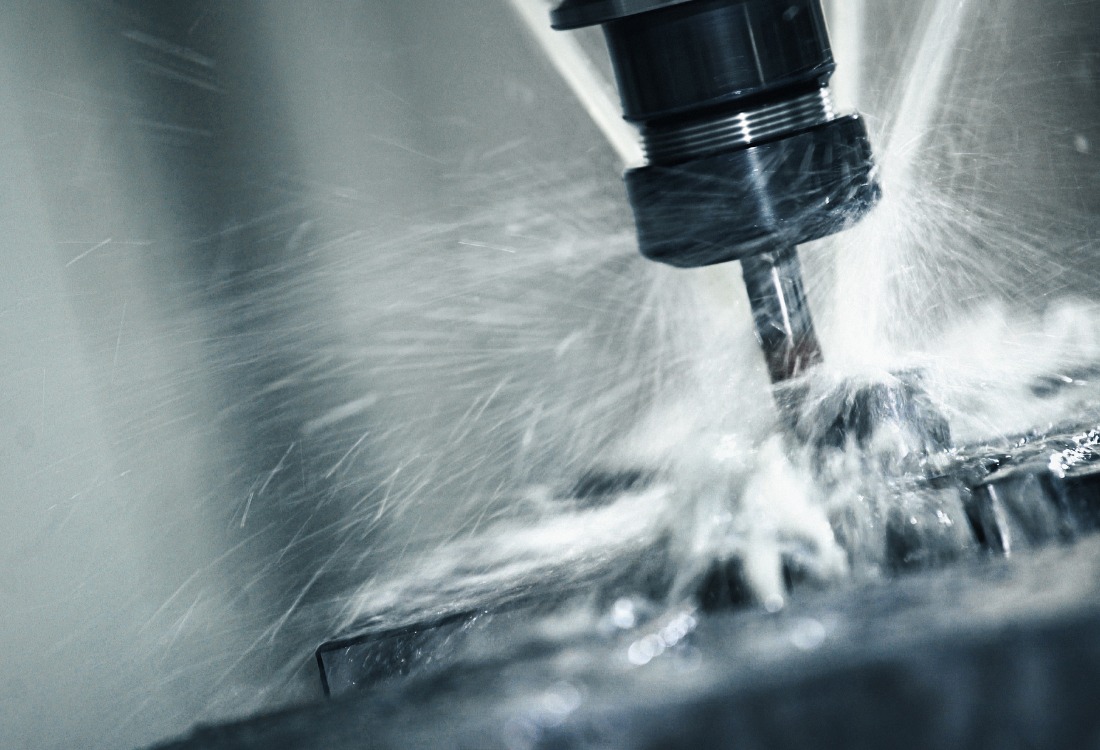
Application Suitability by Industry
Different industries benefit uniquely from each method. Precision die-cutting supports sectors such as consumer electronics, automotive, and packaging, where speed and volume are paramount. It is excellent for parts like gaskets, shielding, and connectors.
Wire EDM is more prevalent in the aerospace, defense, and medical device industries, which demand intricate, mission-critical components. It is ideal for producing molds, dies, and parts that cannot afford dimensional errors. Industry-specific needs significantly influence the most suitable method.
Choosing Between Precision Die Cutting and Wire EDM
Selecting between Precision Die Cutting and Wire EDM depends on your specific project needs. Precision Die Cutting excels in volume, speed, and material flexibility, making it indispensable in large-scale production. However, Wire EDM excels when precision, complexity, and surface finish are the top priorities. It is the best choice for small runs, prototyping, or parts requiring exceptional detail. In modern manufacturing, these two technologies complement each other and will help your project as long as they are used correctly.
